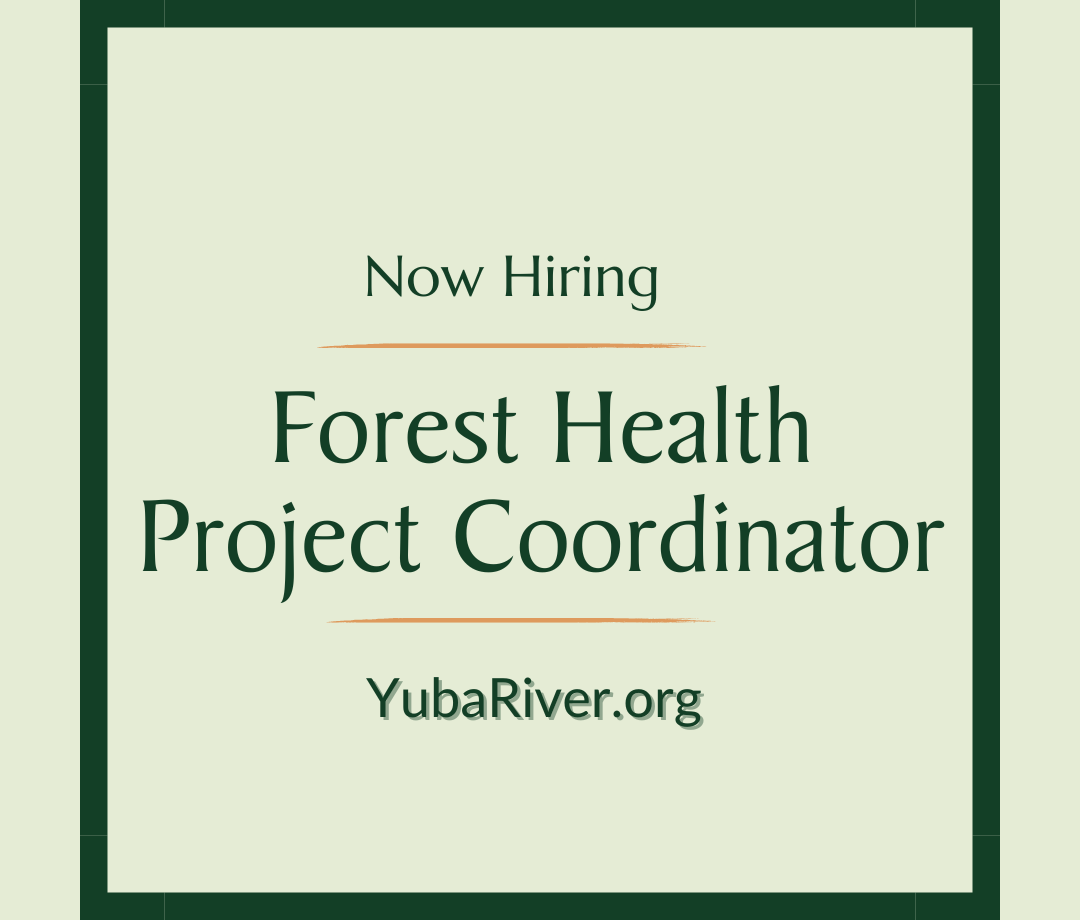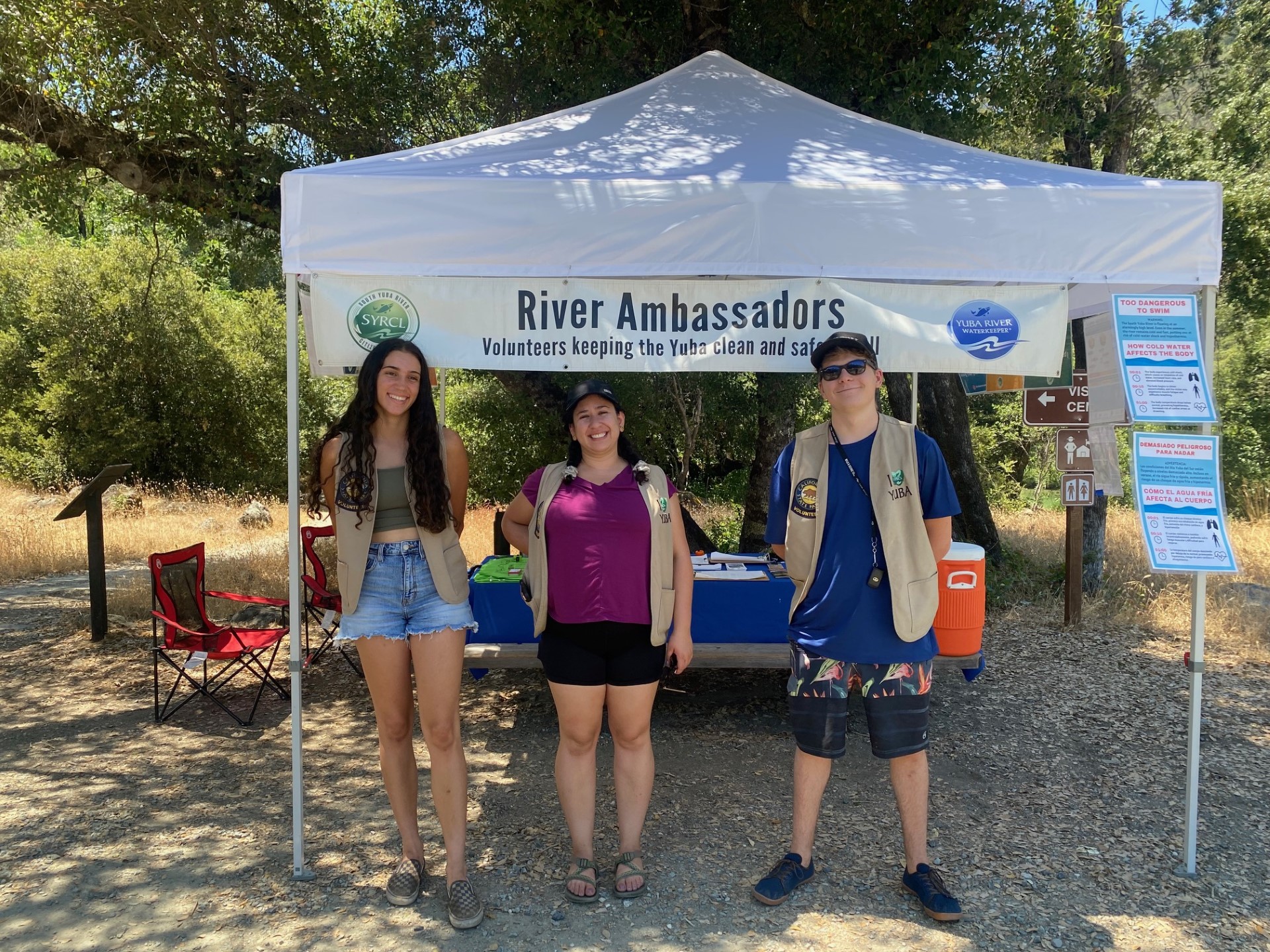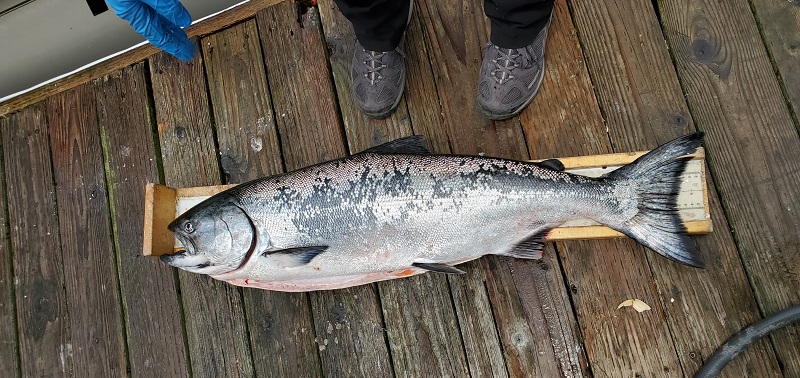Riparian enhancement project on the Lower Yuba River completes first year planting

With the help of volunteers and project partners, SYRCL completed the planting of 1680 cottonwood and willow cuttings on November 30. This was the first riparian habitat enhancement project ever for the lower Yuba River, and the first of a two year pilot project designed to test methods for riparian restoration while directly benefiting habitat at Hammon Bar. A story in the Appeal-Democrat provides some quotes from SYRCL’s scientist and project manager, and a video of the planting activity.
The Lower Yuba River has been subjected to habitat destruction dating back to the 1850s. Hydraulic mining sediments devastated the river by 1906, at which time dam building and massive dredger mining activity began. Finally, actions are being taken to rehabilitate this area which remains critical for salmon and steelhead, and many forms of wildlife.
The project began less than one year after SYRCL produced the groundbreaking report, Concepts for Rehabilitation of the Parks Bar Reach of the Lower Yuba River. The riparian enhancement pilot project makes good sense from the standpoint of developing a rehabilitation program. In the future, projects that rehabilitate the river by creating new floodplain surfaces or side-channels and and backwaters will draw on this experience of revegetating the floodplain with desireable tree species. The cuttings are primarily cottonwoods (and two select species of willow) which quickly grow to tree height and produce woody structure for the river.
SYRCL staff and volunteers spent hundreds of hours locating and marking the 1680 cuttings, some as large as six inches in diameter and 12 feet long. MM Reforestation of Marysville provided the crews and machinery for harvesting and planting. Funding is in place for planting three times as many cuttings in the fall of 2012. The two-year project aims at planting over 6000 cuttings in a five-acre pilot project area. Volunteers will remain an important part of this project, and their role resumes with monitoring the success of the cuttings during the spring.
Funding for this project comes from the Anadromous Fish Restoration Program of the US Fish and Wildlife Service, the California Department of Transportation and Western Aggregates, LLC. The Bureau of Land Management provided the land they manage and valuable staff assistance. More details can be found at the Fact Sheet provided on the Restoration Page.
Did you enjoy this post?
Get new SYRCL articles delivered to your inbox by subscribing to our ENews.



